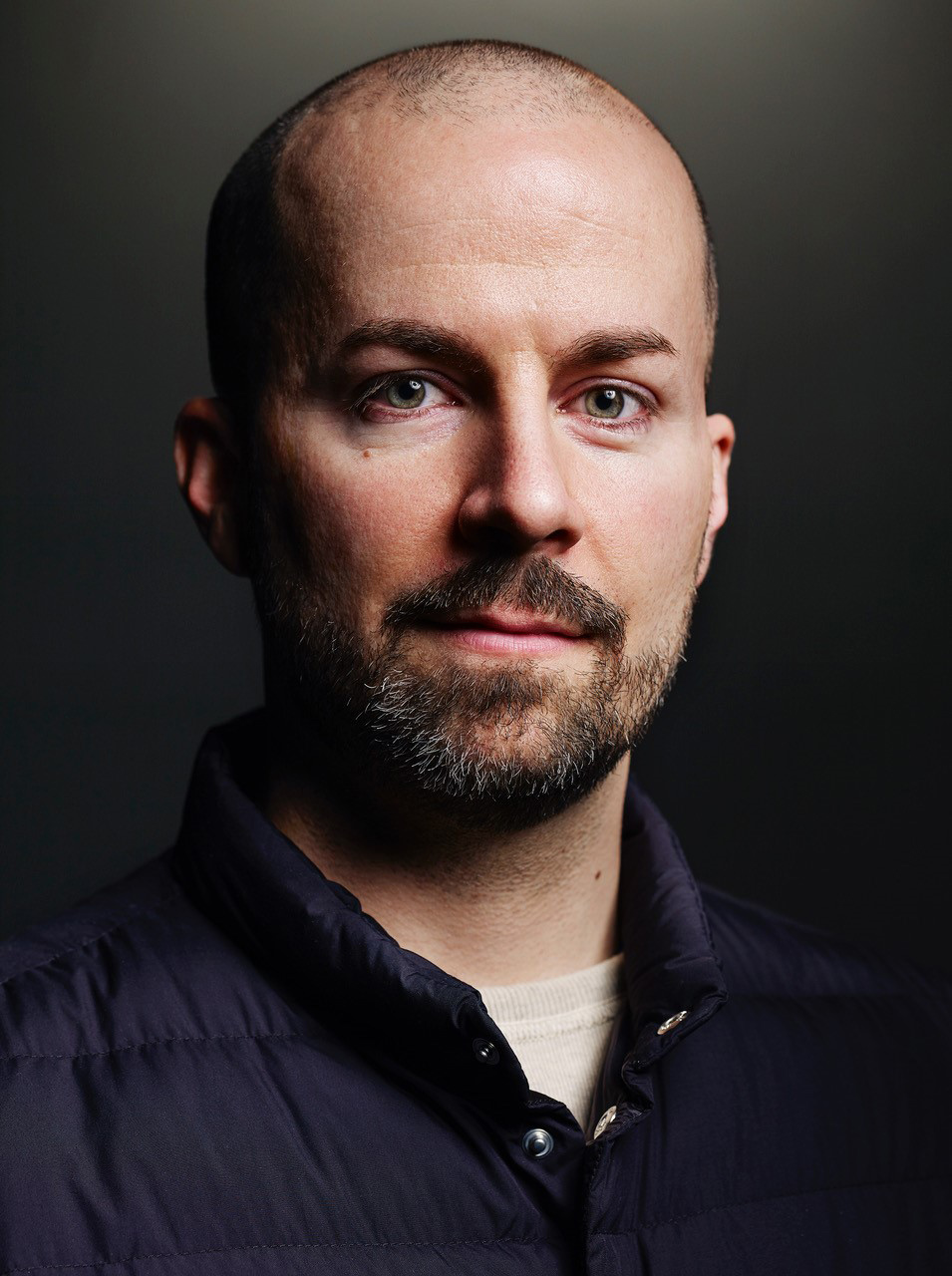Drinks and a Show
Jim Meehan discusses the art of showmanship with Daniele Dalla Pola, GN Chan and Masahiro Urushido, who each combine world class mixology with laugh out loud entertainment at their bars.
23 July 2024 · 8 min read


One of the most iconic images of American bartending is a 19th century engraving of Jerry Thomas pouring a fiery Blue Blazer between mugs in a saloon populated with a throng of sporty onlookers. In the bartender’s biography Imbibe, author David Wondrich contextualizes his era with an editorial from the Brooklyn Eagle written a few months before he died lamenting the demise of the American Bartender. According to the Eagle journalist,
“During the war and some years after it when money was flush and times booming the average barkeeper, with his pomade plastered hair, his alleged diamonds, his loud oaths and his general aspect of bravado, was a sort of a cross between a dandy and a highwayman. . . This old type of bar keeper has disappeared from the earth as completely as the mammoth and the present age knows him no more.”
I heard less dramatic gripes during the American Cocktail Renaissance of the early aughts, when a flamed orange twist or a smacked mint leaf (if that’s your thing) were about the only entertainment you could expect. Many bartenders preferred to be called mixologists (another historical term) back then; and an experience at their bar resembled an omakase experience at a sushi counter, rather than the more boisterous and rowdy service modeled in the movies Cocktail and Coyote Ugly. There were certainly signs- discreetly flipped shakers, intricate multi jigger measuring and other forms of pyromania- of a 19th century highwayman underneath the natty threads of some modern speakeasy bartenders, but their bravado was cloistered. And then gradually- especially in cities with vibrant music and theatrical communities- a new generation of bartenders- many whom had gone through the gauntlet of showy international cocktail competitions- began to resemble “the old type of bar keeper”. Today if you want to stand out in the bar world, you’ve got to be equal parts dandy and highwayperson- as the Eagle reporter characterized the prewar Golden Age bartenders- and three such bartenders that epitomize this fusion of substance and flair are Daniele Dalla Pola along with New York City’s GN Chan and Masahiro Urushido, who each combine world class mixology with laugh out loud entertainment at their bars.

Perhaps there’s no better example of this than the “Mindcluck II” production Chan staged at his bar with Blue Man Group. When I asked him what the thought process was behind its conception, he told me that he and his colleagues
“cultivate a multisensory-driven experience, inviting guests to actively engage with and become integral parts of the performance. This unique encounter and experience blend elements of hospitality, design, food, drinks and unexpected moments that provoke a sense of wonder and surprise.”
Dalla Pola characterizes his service as “cinema”. Many drinks served at his bar in Miami include amplified sound effects like thunderstorms, a volcano eruption and dripping water. When I asked him about his theatricality, he told me,
“this was always my style. In the early ’90’s, I was one of the first flair bartenders in Italy doing what they call now working flair. I had I full synchronized show spitting fire with a snake around my neck.”

The goal of these antics, according to Chan, is for “guests to carry the memories back home with them”.
A huge departure from the Cocktail Renaissance era mores derived from Milk & Honey’s “rules” and reservation policy; I asked each of these operators whom and what inspired them to choose a different path for their bars. Ironically, Dalla Pola credits Don the Beachcomber as his inspiration- which just goes to show that there’s nothing new under the sun historically- while Chan credited
“individuals across various fields, including theater, cinema, music and art”.
Urushido gently rebuffed my characterization of his drinks service as “antics”, with the reassurance that many of his ideas were inspired by his daughter’s schoolteachers.
"They inspire me to be genuine, creative and inclusive”. The key, he told me, was “that all these "extra special" things happen in an organic and natural way that makes sense to the guest and their experience along with the specific drink or food. The goal is to make the person whom we are serving understand our creative intention and make them feel special.”
Masa cautioned that
“in this social media era, people might see what we do on Instagram and take it in their own way, which we cannot control. We don't do anything to entertain the world or to be seen in a certain way; but simply to make the guests feel happy and special each day.”
Having experienced his hospitality personally, I agree that it’s impossible to sum up on social media (and equally difficult in writing).

“while we are entertaining a certain table or person, we make sure the rest of the room doesn't feel left out or feel less special. That's why we need to serve each table with good care from the beginning to the end. What we want to get out of this is to be asked by our guests: "Can I get the same thing they are having?"
When I asked Chan where cocktail bar operators and bartenders should look for service inspiration, he told me he’d like to see more cross-industry collaborations take place.
“It fosters exploration and reimagining the impact that food and beverage business can have in diverse contexts and settings.”
As for the drinks themselves, Dalla Pola told me that,
“there’s a slide in my seminars that quotes the magic formula for a balanced punch. We all know it’s ‘one of sour, two of sweet, three of strong, four of weak’. I add ‘five of creativity!”
Looking back twenty-five years, we’ve gone from amusing bars with mediocre drinks, to overly formal bars with great drinks; and now, we can finally have it all. It took more than a decade to mainstream the culinary, operational and mixological advances of the Cocktail Renaissance. Now that those practices have been ingrained in bartender training and are valued by customers, we’re entering a new and more entertaining era when there’s more to the show than the drinks themselves.









